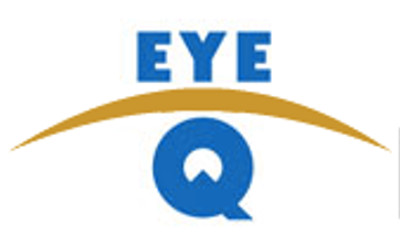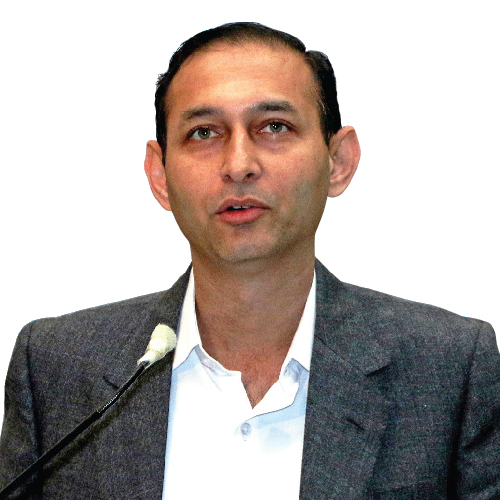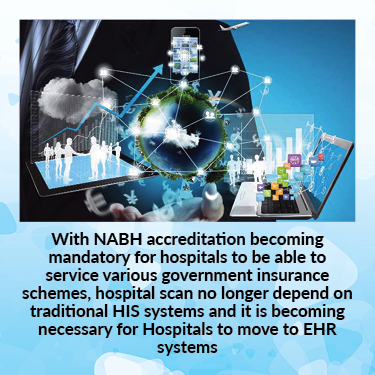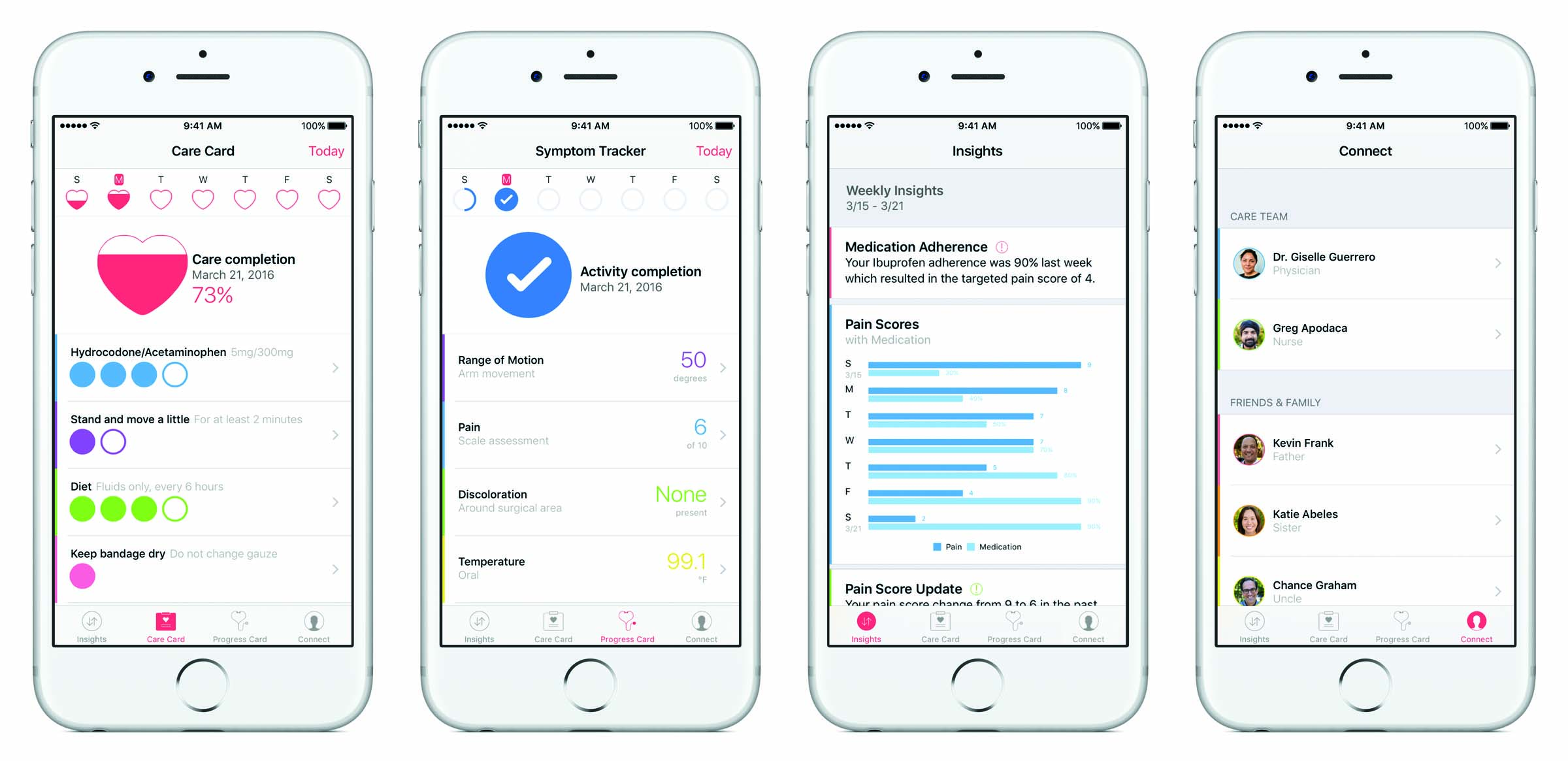 A rainbow collection of stories in the field of healthcare that track the life of India growing fast, and how!
A rainbow collection of stories in the field of healthcare that track the life of India growing fast, and how!
By Dhirendra Pratap Singh

As Joel A Barker once wrote, “Vision without action is merely a dream. Action without vision just passes the time. Vision with action can change the world.” The last decade defined by innovations and new technology trends in healthcare, one word dominated the global vocabulary: change.
Healthcare has emerged as one of the most progressive and largest service sectors in India with an expected GDP spend of 8 per cent by 2012 from 5.5 per cent in 2009. At present the sector is estimated to be around US$ 40 billion and will grow to US$ 78.6 billion by 2012. The Indian healthcare sector is expected to become a US$ 280 billion industry by 2020 with spending on health estimated to grow 14 per cent annually.
In eHealth 50th issue we are covering actions and action heroes in healthcare sector during last decade. Our segments are-Health IT, Medical Technology, Government Initiatives, Innovators, Healthcare Delivery Centres, Life Sciences, Procedures and more…

If we consider year 2010, then it can be considered a year of technology advancements and innovative business models in Healthcare using IT to ensure reach-out to masses. Says Gaurav Mundra, Director & Chief Operating Officer, Truworth Infotech Pvt Ltd, “The year 2010 has been like no other for Healthcare IT not just in terms of the revolutionary and ground-breaking technology advancements in Healthcare but also in terms of innovative business models in Healthcare using IT to ensure reach-out to masses.” He adds, “This was the year of the cell phone but the greater excitement is about the next year which will be the year of the tablets “ iPads, Samsung Galaxy Tab, Dell Streak etc. which provide 3G data transfer, much bigger screen to allow content and application placement better.”
Aniruddha Nene, Principal Consultant & Director, Dr 21st Century Health group considers India’s IT integration of evidence based protocols and pathways as the most innovative IT solution of the year 2010.
The global Healthcare IT market is forecast to exceed $24 billion by 2015 with a CAGR of 11 percent. The market is expected to be driven by governments’ financial incentives and regulations requiring automation in healthcare practices. The market growth is also expected to be driven by increasing need for hospitals to attain cost efficiencies and growing evidence of use of IT in healthcare practices.

“As the healthcare industry matures, the next goal of care delivery demands clinical excellence through evidence based medicine tools and benchmarks”
Alam Singh
Assistant MD, Milliman
India
New Paradigms
The concept of Remote Diagnostics is picking up in India. More and more experts are interpreting digital images of MRI, CT scans, X-rays, etc and sending their interpretations to doctors practising not only in various parts of the country but also abroad. This innovative solution is simply a new paradigm of seeking medical expertise.
Similarly, Telemedicine is fast becoming an integral part of healthcare services in several countries including Canada, Italy, Germany, Japan, Greece, Norway and now India. In India, Karnataka has become the role model in the country implementing telemedicine, networking all districts.
|
Fact files Healthcare sector in India, at present is estimated to be around US$ 40 billion and will grow to US$ 78.6 billion by 2012 The size of the Indian medical technology industry may touch US$ 14 billion by 2020 on account of strong economic growth, higher public spending and private investments in healthcare The global Healthcare IT market is forecast to exceed $24billion by 2015 with a CAGR of 11 percent In the last Union Budget, Government increased the plan allocation for Ministry of Health and Family Welfare from US$ 4.2 billion in 2009-10 to US$ 4.8 billion in 2010-11 With a world average of 3.96 hospital beds per 1000 population India stands just a little over 0.7 hospital beds per 1000 population. India would require another 1.75 million beds by the end of 2025 |
The market penetration of Picture Archiving and Communication Systems (PACS) in India is gaining momentum owing to the growing popularity of digitisation at the level of hospitals and healthcare delivery centres.
Says Dr.G.S.K.Velu, Managing Director, Trivitron Group of companies and Vice Chairman Metropolis Health Services, “Medical Technology over the past ten years have transformed the healthcare sector by several cutting edge technologies in the areas of Molecular Diagnostics, Molecular Imaging, Minimally Invasive Therapies, Implantable Medical devices etc. Anyhow the world today needs technology innovation coming from the emerging world to ensure the new technologies is affordable to the larger section of the population across the world.”
He adds, “New technology should not mean expensive technology and MT segment should take the clue from IT and Telecom Industry and come out with cutting edge technologies affordable and accessible to larger section of population across the world.”
The size of the Indian medical technology industry may touch US$ 14 billion by 2020 from US$ 2.7 billion in 2008 on account of strong economic growth, higher public spending and private investments in healthcare, increased penetration of health insurance and emergence of new models of healthcare delivery.
Says Alam Singh, Assistant MD, Milliman India, “As the healthcare industry matures in terms of infrastructure and innovative technologies, the next goal of care delivery demands clinical excellence through evidence based medicine tools and benchmarks. Evidence based medicine is already being promoted globally and has been proved to be beneficial for all the stakeholders- clinical teams, hospital management as well as the patients. Evidence based medicine tools like clinical protocols and clinical pathways provide explicit and well defined standards of care for the clinical teams and support multi-disciplinary care planning.”
He further says, “From a management perspective these tools reduce healthcare costs, reduce patient documentation, optimise management of resources and help continuous clinical audit. They improve clinical care by delivering superior outcomes, improved clinical effectiveness and patient satisfaction.”

“This was the year of the cell phone but the greater excitement is about the next year which will be the year of the tablets which provide 3G data transfer and much bigger screen”
Gaurav Mundra
Director & Chief Operating
Officer, Truworth Infotech
Action heroes
A profound determination, spirit of working together backed by the enthusiasm of a “can-do” spirit can assure the success of mission. There are some personalities in the field of healthcare who have made the impossible possible through their vision and spirit.
Renowned cardiac surgeon and social entrepreneur Dr Devi Shetty founded Narayana Hrudayalaya because he believed that no child should be deprived of best healthcare because the parents cannot afford it. He has immensely reduced the cost of heart operations making heart surgery affordable to the common man. He along with the Government of Karnataka also initiated a health insurance scheme with an aim to provide cheap coverage to the poor farmers of Karnataka.
Another example is that of Dr KK Aggarwal who is bringing about a movement by creating health awareness among masses. His Perfect Health Mela is a mix of health education for people from all walks of life from all strata of society using all pathies incorporating the principles of fun and entertainment under one roof.
In the last Union Budget, Government increased the plan allocation for Ministry of Health and Family Welfare from US$ 4.2 billion in 2009-10 to US$ 4.8 billion in 2010-11.
The Government launched the National Rural Health Mission (NRHM) in 2005 to provide quality healthcare for all and increase the expenditure on healthcare from 0.9 per cent of GDP to 2-3 per cent of GDP by 2012.
Government of Maharashtra is using ICT as a tool to enhance their ability and bringing more professionalism in healthcare services. Tripura has initiated Tripura Vision Centre Project, a Tele-ophthalmology project aimed at offering primary and preventive eye care services to rural citizens adopting advances in medical sciences, bio- medical engineering and its convergence with Information and Communication Technology.
But, there are challenges ahead. India faces a huge need gap in terms of availability of number of hospital beds per 1000 population. With a world average of 3.96 hospital beds per 1000 population India stands just a little over 0.7 hospital beds per 1000 population. A study by Ernst & Young says that India would require another 1.75 million beds by the end of 2025. The public sector however is likely to contribute only around 15-20 per cent of the required US$ 86 billion investment. The corporate India is therefore, leveraging on this business potential and various health care brands have started aggressive expansion in the country. So, we are featuring Max Healthcare and Medanta medicity, the hospitals with the mantra of star facilities and bleeding-edge technology and writing a new chapter in India’s healthcare services.

“New technology should not mean expensive technology and MT segment should take the clue from IT and Telecom Industry and come out with affordable technologies”
Dr GSK Velu
Managing Director, Trivitron
Thus, in this special edition, eHealth has tried to capture the most dramatic actions and action heroes that have influenced and changed healthcare scenario around us. It is, most tellingly, a reflection which is remembering. It can be a rainbow collection of stories that track the life of India growing fast, and how!
Be a part of Elets Collaborative Initiatives. Join Us for Upcoming Events and explore business opportunities. Like us on Facebook , connect with us on LinkedIn and follow us on Twitter , Instagram.












